Project Snakehead. New American AUV goes to trials
The US Navy and its contractors continue to work on a promising project for an autonomous unmanned underwater vehicle Snakehead. The construction of the first prototype has recently been completed, and now it is being tested. The device will have to confirm the design characteristics and demonstrate the ability to solve a wide range of tasks when working from surface and underwater platforms.
Heavy class
Back in the first half of the XNUMXs, the US Naval Systems Command began working on the topic of large displacement underwater vehicles (Large Displacement Unmanned Underwater Vehicle - LDUUV). In the early stages, general capabilities and available technologies were explored. In addition, mock-up samples with certain features were built and tested.
After that, the development of a new LDUUV project called Snakehead (“Snakehead” is an American freshwater fish) started. The overall management of the work was entrusted to the Naval Undersea Warfare Center Division Newport; several commercial organizations were involved as suppliers of technologies and equipment.
For the coming years, the so-called. 1 phase of the project. Its purpose was the practical testing of the main ideas and solutions of the program with the help of prototypes. According to the original plans, the first Snakehead-type AUV was supposed to appear and go to sea in 2019. Later, the program schedule was revised and the launch was postponed to 2021. As it turned out, other delays awaited the program.
The first experimental Snakehead was launched only on February 2, 2022. A solemn ceremony was held at the NAVSEA base in Newport, during which a bottle of champagne was smashed against the device, and then it was launched with a crane. In the near future, it was planned to carry out the remaining preparatory work and begin testing. The first stage of inspections will take place off the coast of Newport.
Plans for the future
In December 2020, NAVSEA issued a request for proposals for Phase 2 of the LDUUV program. The purpose of this phase of the project is to further improve the existing Snakehead design with an eye to future deployment and use in the Navy.
Contractors' technical proposals for Phase 2 were accepted at the beginning of 2021. In the fall, the Navy reviewed the documents received and selected the most successful projects. Apparently, the selected contractors are now developing Snakehead Phase 2. At the same time, the completion dates for such work have not yet been specified.
It should be noted that the future of the LDUUV program remains uncertain. The first experienced Snakehead is already entering the test, but the developers cannot name the timing of their implementation and completion. The timing of the appearance of the second version of the AUV depends on the results and completion of these tests. The "snakehead" of the second phase must also be tested and fine-tuned - and only after that the Navy will be able to receive a combat-ready underwater complex.
Goals and technologies
The Snakehead autonomous vehicle is being created as a multi-purpose underwater platform capable of carrying a wide range of payloads and designed to be based on different carriers. With the help of certain devices, such an AUV will be able to solve various problems, providing the necessary support to submarines or the fleet as a whole.
The first experimental Snakehead product has a fairly simple appearance. It is built in a cylindrical body with a length of several meters and a diameter of about 1,5 m. On the tapering tail section there is a propeller in the annular channel and rudders. The body of the device has numerous hatches, connectors, mounts, etc., necessary for working with the carrier and payload.
The device is completely electric. The power source is lithium-ion LiFT batteries from General Atomics. Due to a number of innovations, such batteries show high capacity and power, as well as improved performance parameters and are optimized for underwater use. The onboard battery fully provides energy for the regular AUV systems, and also has a reserve of characteristics for installing one or another target equipment.
The movement is provided by a stern electric motor with a propeller. Thrusters appear to be missing. Driving characteristics have not yet been reported. Only high autonomy was mentioned, corresponding to the assigned tasks.
Using existing and new developments and components, a promising autonomous complex for control, navigation and communication has been developed. He can independently move along the route, patrol and use the payload. The organization of communication sessions for the transmission of the collected information will also be provided.
Depending on the shift load, the AUV "Snakehead" will be able to solve different tasks. First of all, the device is proposed to be equipped with hydroacoustic means. They will allow you to conduct reconnaissance of various kinds and identify various objects. It is also proposed to develop a set of tools for mine action. In addition, the device can carry radio equipment for reconnaissance or suppression.
Apparatus and its carriers
During the tests, the Snakehead prototype will be based on land, and the descent into the water will be carried out using a crane. In theory, surface ships and vessels of various classes with the necessary equipment can use it in a similar way.
However, the main carriers of Snakehead LDUUV in the future will be nuclear submarines. It was reported that in order to use the new AUV, the submarine must have an external compartment for special equipment such as Dry Deck Shelter (DDS), which has suitable dimensions. According to known data, such devices can be used on several Ohio-type nuclear submarines and on Virginia project boats - a total of at least a dozen pennants.
Also a potential carrier of Snakehead and other underwater vehicles is the USS Jimmy Carter (SSN-23), built according to the modified Seawolf project. It is distinguished by the presence of an additional section of the hull, which houses and transports special equipment. It is assumed that this nuclear submarine can carry various types of AUVs, and in the future they will be supplemented with serial LDUUV products.
Promising AUVs will help submarines in solving a variety of tasks. First of all, they will be used as an additional means of reconnaissance and illumination of the situation. With its help, it will be possible to get a more complete picture and reduce the risks for the carrier submarine. All these features will be useful both during normal combat patrols, and when conducting reconnaissance or when working with combat swimmers.
The Snakehead project provides for the use of interchangeable payloads in a modular design. It is quite possible that the replacement of equipment can be carried out directly on the carrier. This will further increase the potential of the AUV and make it more useful for the fleet.
Improvement required
There are high hopes for the LDUUV program and both phases of the Snakehead project - as well as for the entire direction of autonomous uninhabited underwater vehicles. However, all the desired opportunities and benefits will not be obtained immediately, and for this, the authors of the project will have to continue their work and perform the tasks ahead.
So far, we are only talking about the beginning of testing the first version of the Snakehead. With its help, it is planned to work out and bring to the required level both the entire complex and some new technologies. And only after that it will be possible to start the work of the second phase, the result of which will be an underwater vehicle for deliveries to the fleet. How soon it will be possible to carry out all the necessary work and whether it will be possible to solve the tasks - time will tell.
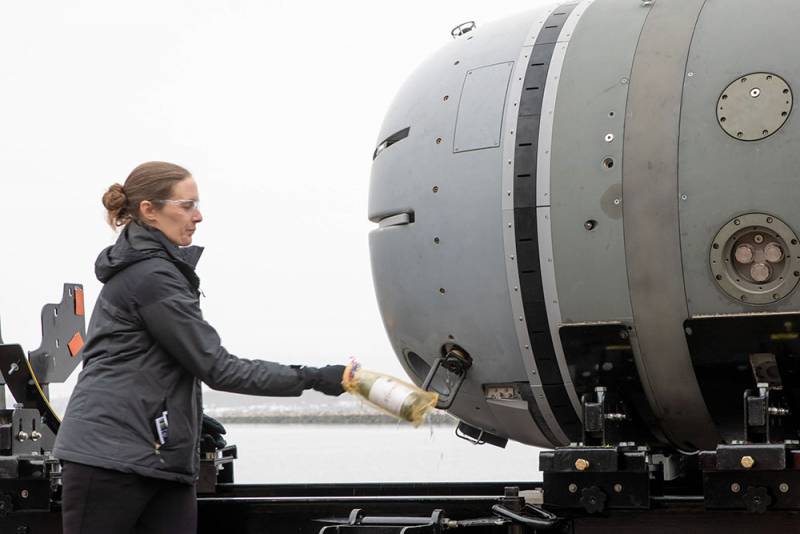
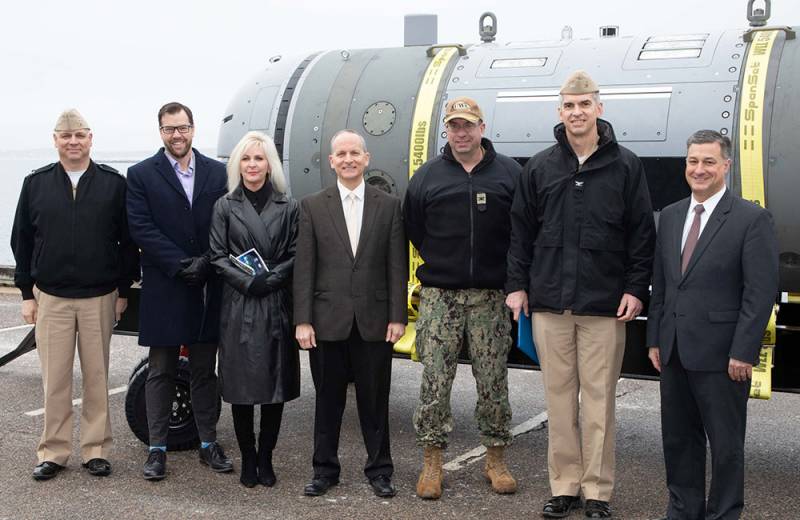
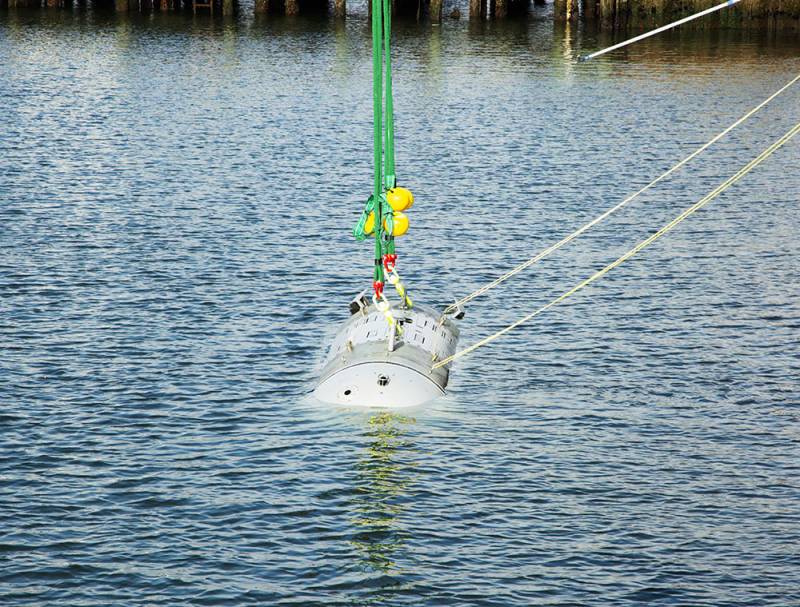
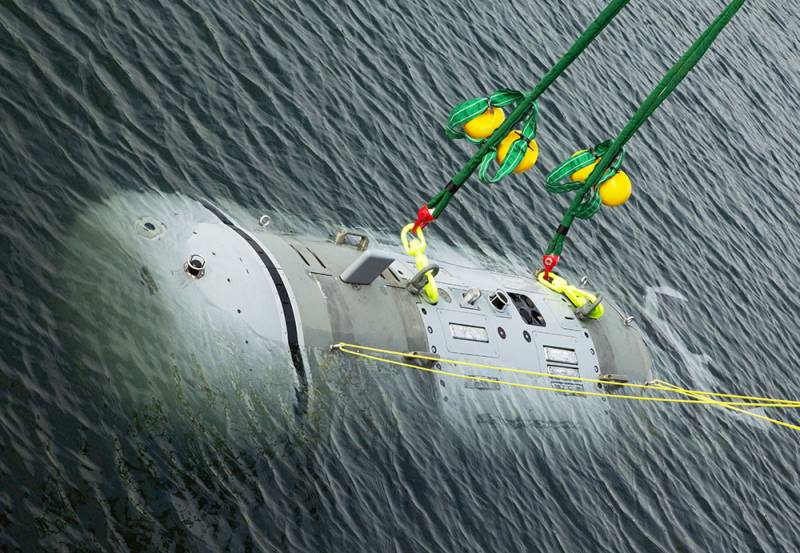
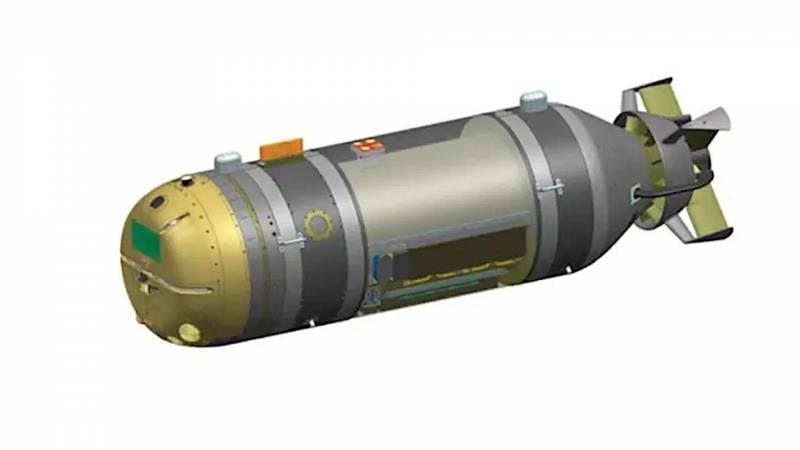
Information